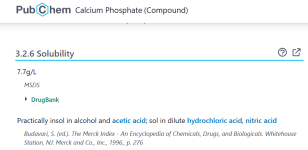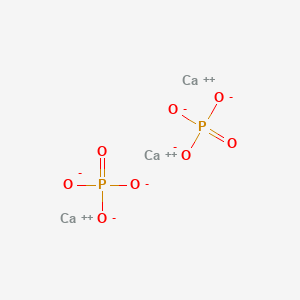HI James, during the summer, yes.. I was brushing with a combo brush (steel and plastic bristles) at least once a week, probably more like twice. All summer the water was crystal clear and plaster remained super smooth.. no calcium deposits or any issues. Since the pool has been closed I have not been brushing.
Sorry about my note, I was saying I added TA-Up to bring it up from 70 to 90. The way my Ph was always rising I anticipated a rise over the winter so wanted my TA up a little higher (from 70 to 90) to anticipate the eventual decrease with added MA over the winter. But, as it turns out, without the SWG running, the Ph has been dare near perfectly stable.. so I actually havent added anything since closing and the TA has remained at 90.
My notes in the left-hand column are stating what I did PRIOR to that row's test results.
Sorry about my note, I was saying I added TA-Up to bring it up from 70 to 90. The way my Ph was always rising I anticipated a rise over the winter so wanted my TA up a little higher (from 70 to 90) to anticipate the eventual decrease with added MA over the winter. But, as it turns out, without the SWG running, the Ph has been dare near perfectly stable.. so I actually havent added anything since closing and the TA has remained at 90.
My notes in the left-hand column are stating what I did PRIOR to that row's test results.









